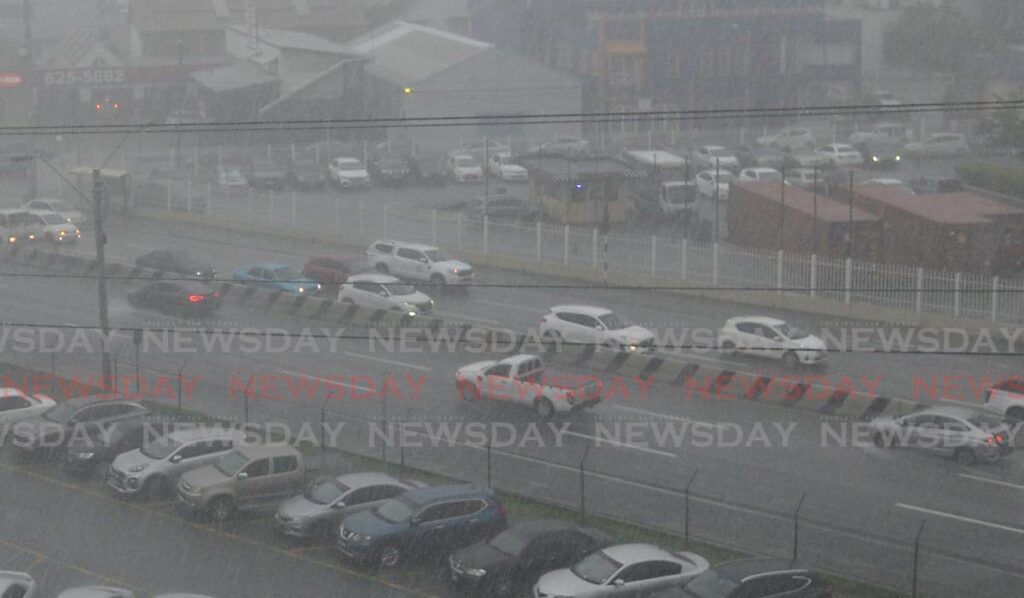EU gives US$4.7m for Caribbean’s risk insurance

The European Union (EU) gave US $4.7 million to Caribbean governments for Caribbean Catastrophe Risk Insurance Facility Segregated Portfolio Company (CCRIF SPC) parametric insurance for this year.
This has contributed to a total of around US$49 million in grant support since 2007.
CCRIF currently offers five parametric insurance products – earthquake, based on modelled losses due to ground shaking; tropical cyclone, based on modelled losses due to wind and storm surge; excess rainfall, based on modelled losses due to the amount of rainfall; the Caribbean Ocean and Aquaculture Sustainability facility (Coast) product for the fisheries sector, based on rain, waves, wind and storm surge; and a product for electric utilities, based on losses due to wind for their transmission and distribution lines.
A release from CCRIF SPC said the EU also provides support in subsidising premiums on the parametric insurance policies of its Caribbean members.
This policy year, started on June 1, the EU provided this grant in support of the 12 ODA-eligible Caribbean members of CCRIF to subsidise premiums for tropical cyclone and excess rainfall.
CCRIF’s parametric insurance helps countries to financially protect their economies from devastating natural disasters such as hurricanes and excess rain. Provided through a programme administered by the World Bank, the EU funds enabled CCRIF to provide discounts of around 14 per cent on the gross premium of members’ tropical cyclone and excess rainfall policies.
During 2020-2022 – the covid19 pandemic – the EU support was managed in co-ordination with the EU Caribbean Regional Resilience Building Facility, administered by the World Bank’s Global Facility for Disaster Reduction and Recovery (GFDRR).
The release said the support provided each Caribbean CCRIF member country with premium discounts or increases in policy coverage. During the past three years (2020-2023) several CCRIF member countries used this funding to increase tropical cyclone and/or excess rainfall coverage.
CCRIF CEO Isaac Anthony said, “The success of CCRIF is undoubtedly due in part to the support – both technical and financial – that we receive from our development partners. This support from the EU continues to be key to allowing us to meet the needs of our current and potential members. It allows us to make available more affordable insurance coverage to our members, to improve the long-term sustainability of CCRIF, and to develop new products for additional perils and sectors.”
Malgorzata Wasilewska, head of the EU delegation to Barbados, the Eastern Caribbean States, the OECS and Caricom/Cariforum, said, “The renewal of countries’ catastrophe risk insurance policies at this time signals the growing strategic importance placed on disaster risk financing as key to advancing sustainable development prospects in the context of shrinking fiscal space. We are proud to say that the EU contribution supported important milestones in this regard.
“Recent and past support from the EU to CCRIF was adequate to ease payment of member countries’ premiums and improve their risk coverage against natural hazards. However, the global context calls for constant search for innovative solutions to allow the successful facility to grow accordingly. The EU is partnering with CCRIF to focus on self-sustainable mechanisms allowing for progress in the region, while keeping this valuable tool at the service of the countries.”
CCRIF is continuing the rollout of the Coast product and also the electric utilities product, in collaboration with the Caribbean Electric Utility Services Corporation (Carilec).
The facility will also launch a product this year for water utility companies in partnership with the IDB and a product for rainfall runoff, initially for Guyana and Suriname, which will be offered to Central American and larger Caribbean countries in subsequent years.
Since the inception of CCRIF in 2007, the facility has made 59 payouts totalling US$261.4 million to 16 of its member governments – all within 14 days of the triggering of an event. CCRIF payouts were not designed to cover all losses on the ground, but to provide an injection of quick liquidity immediately after a natural catastrophe to allow governments to quickly begin recovery, including supporting the most vulnerable in their populations.
A rough assessment of the beneficiaries of CCRIF’s payouts shows that over 3.5 million persons in the Caribbean and Central America have benefited directly or indirectly from these payouts. Uses of payouts over the years have included providing food, shelter and medicine for affected people; stabilising drinking-water plants; providing building materials for people to repair their homes; and repairing critical infrastructure such as roads and bridges as a means of enabling movement and access in and out of communities, among other things.
Governments have also used payouts to support key sectors such as agriculture, tourism and education.

Comments
"EU gives US$4.7m for Caribbean’s risk insurance"